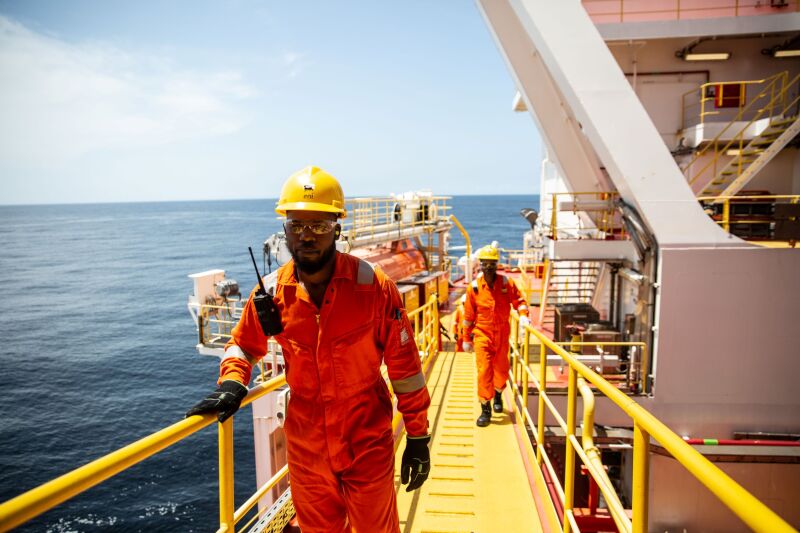Africa’s biggest foreign oil and gas producer, Italy’s Eni, wants to spin off its oil and gas operations in West Africa and the Middle East to create joint ventures (JVs) to reduce debt at the group level, and distance itself from oil and gas while retaining control of the assets.
The move is part of a strategy that builds on Eni’s successful spin-off of its Norwegian oil and gas subsidiary (Eni Norge) to create the Vår Energi JV in 2018 with the equity firm HitecVision; Eni holds a 69.85% stake in Vår Energi and Hitec holds 30.15%, according to Vår Energi’s website.
With regard to West Africa and the Middle East, Eni is already discussing scenarios with BP and Total as to how parts of their operations might be merged, Reuters reported. All three majors face the common problem of having to rid their consolidated balance sheets of old debt to raise new finance for renewable energy projects.
Eni’s solution is to expand on the “spin off to JV” model it created with HitecVision after Hitec’s majority-owned portfolio firm, Point Resources, acquired ExxonMobil's Norwegian portfolio for $4.5 billion in 2017.
Today, Vår Energi is Norway’s second-largest oil and gas producer, boasting average net production from the Norwegian Continental Shelf (NCS) at over 300,000 BOED from 35 oil and gas fields, according to the company’s website.
Vår Energi has set a target of producing a net 350,000 BOED in the early 2020s on the back of a strong exploration program. In January, Norwegian authorities awarded Vår Energi 10 new exploration licenses (5 as operator) in the North Sea, Norwegian Sea, and Barents Sea.
Eni has received over 1 billion euros in dividends since it created the JV, according to Reuters. At the same time, it restructured its debt to make way for the raising of new debt to build its renewable power generation and biofuel capacity.
European energy companies borrowed heavily when oil and gas demand cratered with the pandemic. Eni’s debt rose in 2020 to 26.7 billion euros ($32.2 billion). Because Eni wants to start tapering off its oil and gas production after 2025, the JV model offers a way to cut costs and squeeze more money out of the oil and gas division.
Eni is Africa’s biggest oil and gas producer and has prize assets in Nigeria, Congo, and Angola as well as major production centers in Egypt and Libya. Eni has also built a presence in the Gulf and is looking to grow in Asia.
Reuters quoted Eni Chief Financial Officer Francesco Gattei as having told analysts in February: "We aim to replicate our Norwegian Vår model in different countries, with potential business combinations which are currently under screening."
For its part, BP followed a route similar to Eni when it merged its Norwegian operations with local producer Det Norske in 2016 to create Aker BP in which it holds a 30% stake. Aker BP trades on the Oslo Stock Exchange.


